How to end the big squeeze on living costs
Raising real wages by working smarter and improving opportunity for workers is better than endless debt-funded handouts and subsidies.
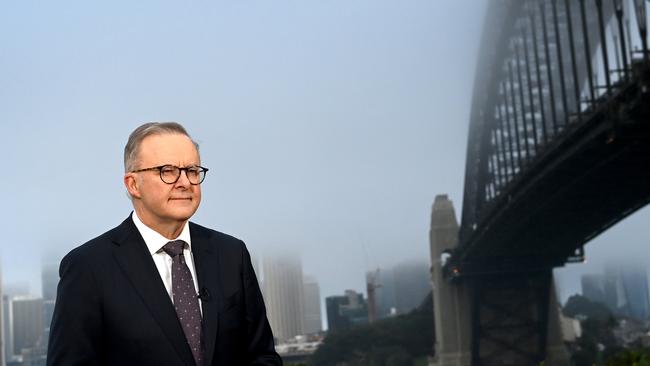
To get ahead of this challenge, we need to lift incomes in an enduring way and improve market competition so the economy benefits consumers and workers; not in a lazy drift to the bottom but a policy redesign that reaches for the stars and opens doors of opportunity, as Anthony Albanese aspires to do.
The rise in consumer prices has been broadbased; the consequent assault on borrowers, especially people with mortgages, has stretched family incomes.
The Reserve Bank of Australia says we’ve passed the peak in prices growth, that it patiently expects inflation to return to the comfort zone in a “reasonable timeframe”– say, two years from now.
But be assured, even after this week’s pause, the RBA vows it will do whatever it takes to beat inflation. Don’t be surprised if it raises the cash rate target in the coming months. Services inflation is elevated, as merchants pass through to hungry customers their higher costs for energy, wages and rents.
The big squeeze on purchasing power arrives from both directions: higher household costs and anaemic income growth over a long period because of an economy-wide slide in productivity growth, which is due to several interlocking trends that rich countries have experienced as secular shocks.
Last year, the Senate established a select committee on the cost of living, taking testimony from community groups, banks, energy regulators and users, and senior bureaucrats; it is due to report by the end of November. A fortnight ago the Productivity Commission appeared before it.
“Our main message today is that improving labour productivity growth is a key piece of the cost-of-living puzzle,” Productivity Commission deputy chairman Alex Robson said in a tour de force opening statement.
Robson used the example of the cost of a bicycle, a favourite among commissioners, to illustrate a key dividend of productivity growth. In 1901, buying a bicycle cost the typical Australian 473 hours, several months, of work effort. By 2019 the cost had fallen to just six hours. “It is a massive reduction in the cost of living, expressed in terms of the purchasing power of a typical hour of work,” he said.
“The productivity growth dividend includes everything from a shorter working week to lower rates of absolute poverty, and better health outcomes – just to name a few. Productivity growth by itself may not have been a proximate cause of some of these changes. But it has certainly been an important enabling factor.”
Furthermore, it enlarges the “economic pie” and drives rises in the social real wage, leading directly to improvements in the delivery and quality of government services. Despite misconceptions, Robson emphasised productivity growth was not about working harder, working longer or working for less. “That is not a recipe for sustainably reducing the cost of living,” he said.
The commission deputy chairman noted “Australians have a very strong work ethic” but the labour cost of buying a bicycle didn’t fall by 8000 per cent across the past century “because we worked harder, for longer or for less”.
“It happened because we worked smarter – through greater investment in human and physical capital, improved manufacturing efficiency, cheaper energy, better materials and mass production, and the rise of global trade,” he said. “We found better ways of using the resources at hand; we pushed out the economic frontiers; and we diffused the fruits of human freedom and ingenuity broadly. The dividend of working smarter was higher, not lower, real wages. And it enabled a move to fewer, not more, working hours.
“The close association between productivity and the purchasing power of labour – that is, real wages – is not a random coincidence or statistical artefact. In Australia, almost all sustained increases in real wages have been underpinned by improvements in labour productivity growth.”
The fact productivity elsewhere is on the slide means we can’t, as we’ve habitually done, piggyback on overseas innovations. We need to do more at home to get closer to the global frontier of best practice if we are to raise our living standards.
“Given what we know about the links between productivity, real wages and the cost of living, it is reasonable to expect that should Australia’s productivity slowdown continue, we will get more of the same: further upward pressure on the cost of living; tighter household budgets and more families struggling financially; continued sluggish real wage growth; and slower increases in living standards over time,” Robson told the committee.
The consequences of our abysmal performance in the decade before the pandemic, for containing inflation and more sustainable taxing and spending, have been highlighted by the nation’s two most senior economic advisers, RBA governor Philip Lowe and Treasury secretary Steven Kennedy.
Do no harm, the economic doctors warn. Lift our game or suffer some rude shocks. Yet Labor chips away at the margins and persists in second and third-rate measures, proven dead ends in industrial relations, energy and climate policy, and manufacturing.
The commission’s five-yearly review produced a sequenced plan of action to raise productivity growth, which the Albanese government has treated as English crowds at Headingley have welcomed Pat Cummins’ Australians.
Reform typically requires a trade-off between efficiency and fairness, with workplace relations and taxation top of mind examples. But competition policy is emerging as an area where Labor may pursue meaningful change. In one sense, that policy sphere is obscure and legalistic. Yet enhancing competition has done wonders for our economic performance and delivered benefits for the entire community: from easing occupational licensing to removing public monopolies.
Dan Andrews, director of research at the e61 Institute, recently documented the rise of non-compete clauses for local workers as one of the reasons behind slowing wage growth. Such obligations aren’t limited to corporate titans or prized vessels of intellectual property. One-half of workers could be subject to some form of post-employment restraint.
Andrews tells Inquirer of a barber in Canberra with a two-year non-compete (within 5km) clause from a previous employer and heard a similar story about a Pilates instructor. “Labor should pursue competition and workplace policy reforms,” he says, making it easier for workers to move to better opportunities and for innovative start-ups to flourish.
“Improving competition in the economy dovetails nicely with the cost-of-living debate and productivity crisis, and doesn’t entail harsh growth-equity trade-offs, unlike the risks the government is running in the industrial relations space. It’s the ultimate pro-worker, productivity-enhancing policy.”
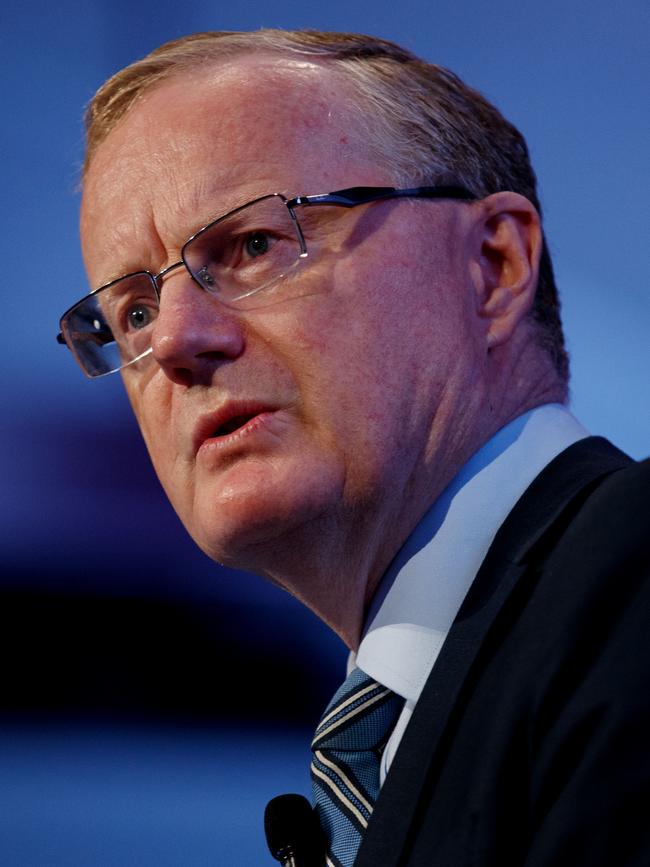
The House of Representatives economics committee is conducting an inquiry into promoting economic dynamism, competition and business formation. Members have heard about the lack of competition in key markets – in banking, brewing, aviation, gas, digital platforms and supermarkets to name only a few – leading to excessive price mark-ups, a lack of innovation and hindering the flow of capital and labour to their most productive uses.
The Australian Competition & Consumer Commission told the committee “competitive markets encourage greater innovation and productivity, more attractive combinations of prices and quality, and a variety of choices that better reflect consumers’ preferences than uncompetitive markets”.
The ACCC cites research showing rising industry concentration that correlates with more market power and fatter profit margins. Among several changes, the competition watchdog seeks a more effective merger regime to ensure deals can be reviewed before they are completed and prevent those that are likely to be anti-competitive, in line with overseas laws.
Former ACCC chief Rod Sims told the committee in May that in the late 1990s Australia had a burst of pro-competition thinking. “I think we’ve lost that now,” Sims said. “I think that is really damaging to our economy.” He said the evidence was plain: the economy’s lack of dynamism, market concentration and rising profit share when we’re close to full employment. We’re shooting ourselves in the foot in the way we privatise assets such as ports, imposing future costs on users. “We’re doing it all the time as governments chase revenue,” Sims said. “Why in this country, in this day and age, are we setting up private sector monopolies when there could be competition? … We all know what happens with monopolies.”
Andrews recalls the Prime Minister’s post-election vision of an “opportunity society”, which also has been promoted by Jim Chalmers. “You can’t possibly have that outcome with a policy framework that entrenches advantage and stymies job mobility and the ability of everyday Australians to move to opportunities.”
House economics chairman and Victorian Labor MP Dan Mulino asked Andrews in May what would happen if the nation didn’t address the productivity and competition issues with urgency.
“By nature productivity growth is about change,” Andrews replied. “As a society, there’s always a preference for stability and preservation. The policy challenge is to try and embrace a policy framework that masters the political economy of economic restructuring. If we can’t do that, I think we have to accept low productivity growth going forward.
“It raises questions about our ability to respond to the mega trends, be it decarbonisation, digitisation or globalisation. My concern is that the productivity slowdown is symptomatic of a deeper inability as a society to deal with large challenges.”
The job for Labor, Andrews says, is to redesign policy frameworks, putting values at the heart of a narrative, to foster that change in an equitable way. That would give us a better chance of arresting the productivity slowdown and creating more opportunities, and tackling the big squeeze head-on.


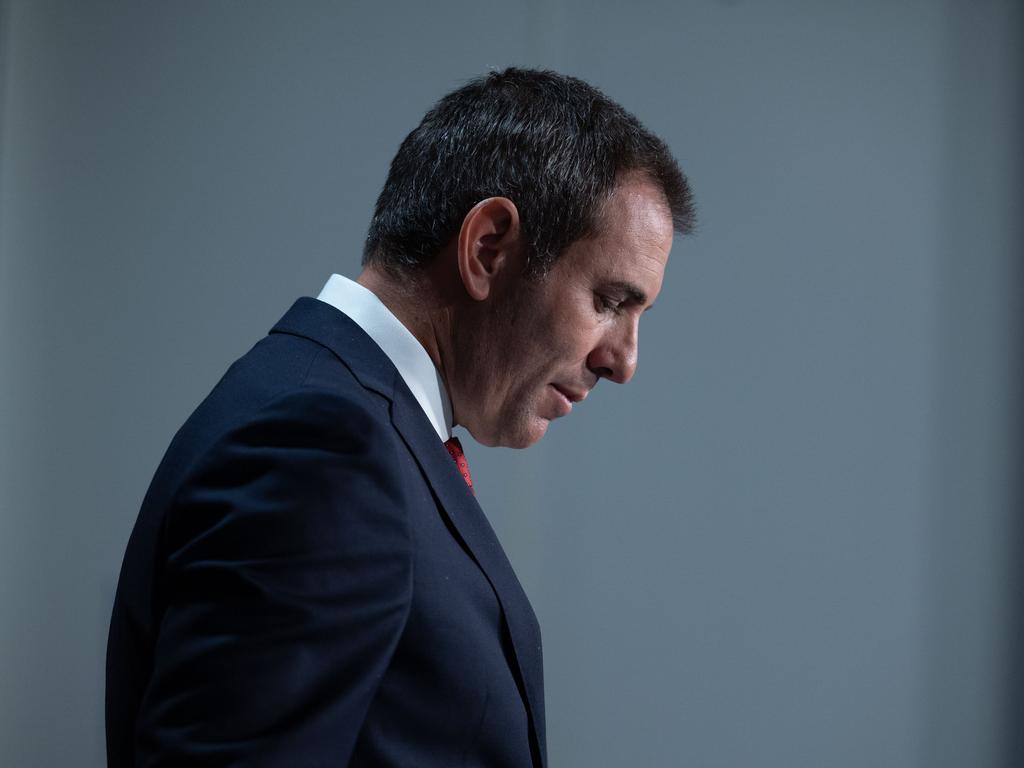

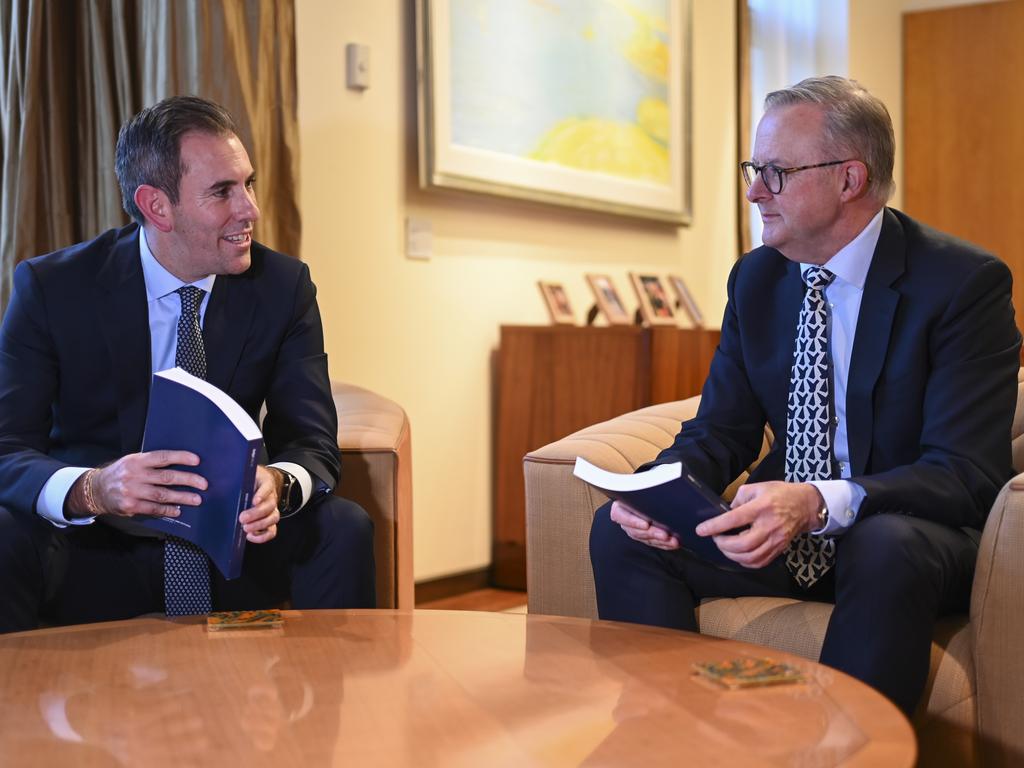
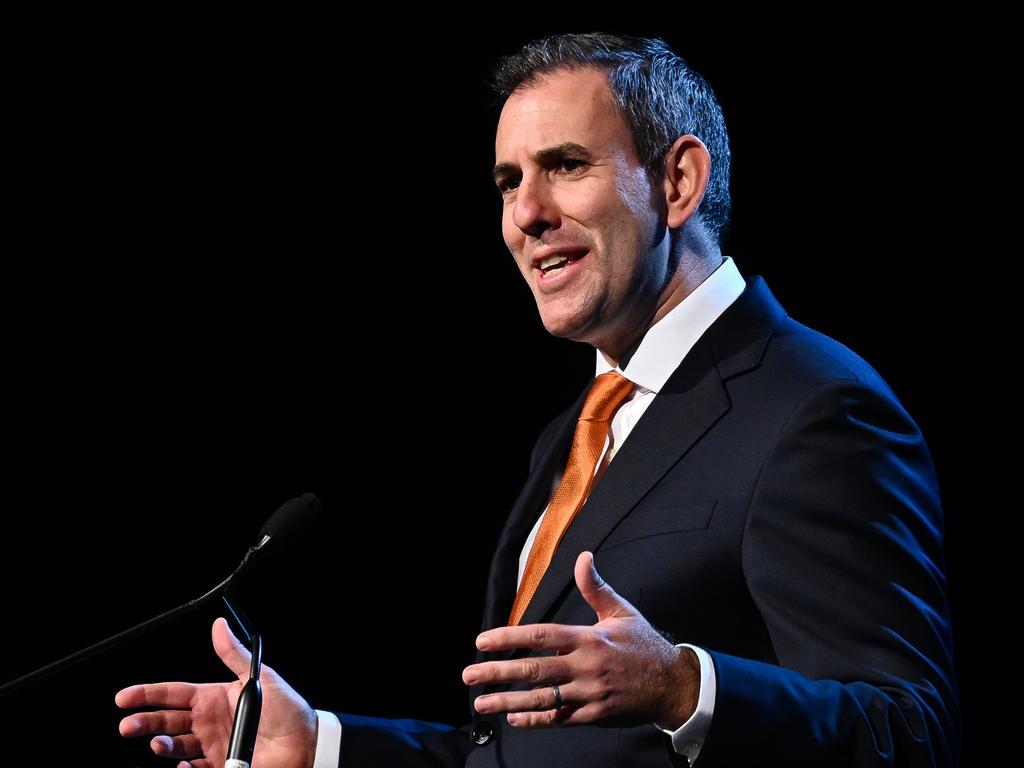


Canberra and the states have been dealing with the cost-of-living crunch in precisely the wrong ways, mostly through ad hoc interventions, fiscal and regulatory. Sometimes in our collective passivity we’ve been clueless victims.